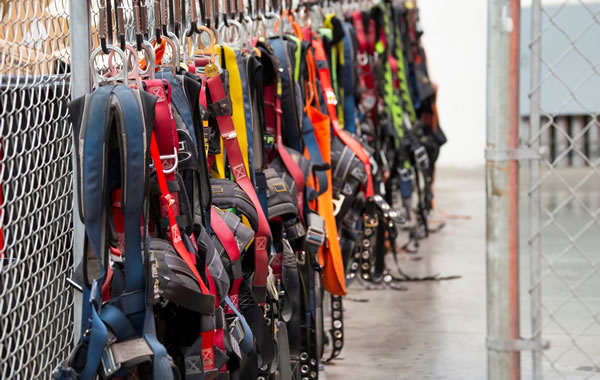Government Contracting Database
Cost or Pricing Proposals
When a contractor submits a cost and pricing proposal for extra work he is required to provide in that a detailed breakdown of all the elements involved in that cost to include any cost for subcontractors and suppliers. Subcontractors and suppliers, likewise, should include in their cost a detailed breakdown of how they reached their final price. The detailed breakdowns should address such items as labor, materials, equipment, fringe benefits, overhead, etc.
A contractor should be prepared to meet with a federal government representative to discuss all of the items contained in that cost proposal. He likewise should be prepared to justify the cost elements and he should expect that the government will desire to negotiate some of those costs downward.
The government is required on all change order proposals to review the cost and pricing proposal provided by the contractor and to enter into negotiations with the contractor prior to their approving the amount on a formal change order.
Unfortunately, the vast majority of change orders for a construction project are resolved after the work is performed. Many reasons are given for this. The most common reason given by the government is that it takes too long for the paperwork to be processed and the work has to be done prior to that time. Therefore, in accordance with the contract, the government directs the contractor to perform the work with the cost to be resolved after the fact. In reality, most of the time, change orders can be resolved up front. However, this requires a concerted effort and diligence on the part of both the government and the contractor. Contractors often contribute to the problem by not expeditiously submitting cost proposals to the government. Therefore, the contractor and the government should work to resolve the change costs as quickly as possible before the work is performed.
In the situation where the work has been performed and the change order is being negotiated after the fact, the contractor should be prepared to substantiate with documentation all the costs that were incurred for the change. The requires that the contractor keep detailed records of all of the labor, materials, and equipment involved in the extra work.
It is suggested that contractors may consider utilizing a designated or separate form of documentation for recording the costs associated with changes. For instance, in the event that a contractor will be performing work which is part of a change order or which he considers extra work, he may consider such simple devices as using a pink time sheet for his labor report as opposed to his normal white time sheet. There are two reasons for this. First, when selecting the records to present to the federal government to justify the cost of the change, it is much easier to pull those time sheets that are pink from the stack of the white time sheets. Second, most of the time the field personnel will be recording the information in terms of the labor, equipment, and materials used. Generally, they will pay particular attention to the form since it is pink and recognize that they must record as much information as possible because it is extra work or potential change work.
In pricing changes the contractor must be intimately familiar with the requirements of the construction contract so that he is aware of what costs are allowable for all items. For instance, if a contractor is doing work for the Corps of Engineers, the equipment cost would be paid based on designated rates which are published by the Corps of Engineers. These rates are included in an equipment cost guide which is normalized to specific District Offices throughout the country. The contractor should insure that his cost and pricing is in accordance with those guidelines set down in the contract documents. Similarly, on work for the Veterans Administration, a specified mark-up may be delineated for overhead for the extra work. The contractor should comply with this specified mark-up.
The most important thing that a contractor should remember when he is involved in the performance of extra work, is that if he has been already directed to perform the work and no formal change order has yet been executed, he must keep accurate cost records for all elements involved. It is particularly important for contractors to remember that if a proposal was submitted before the government authorized the contractor to proceed, the contractor is nevertheless only entitled to an equitable adjustment and therefore may receive less than the amount it proposed.
In situations where the cost of a change or extra work exceeds certain dollar amounts, the government may require a certification of the accuracy of the cost and pricing data. The threshold for obtaining certified cost or pricing data is $750,000. FAR § 15.403-4(a)(1). When the dollar amount for the changes reaches these limits, then the contractor must certify that the cost and pricing data is accurate. As an aside, when these limits are met the federal government is required to perform an audit of the accuracy of these costs.
Updated: June 6, 2018
Looking for additional government contracting resources?
Search Our Database





























